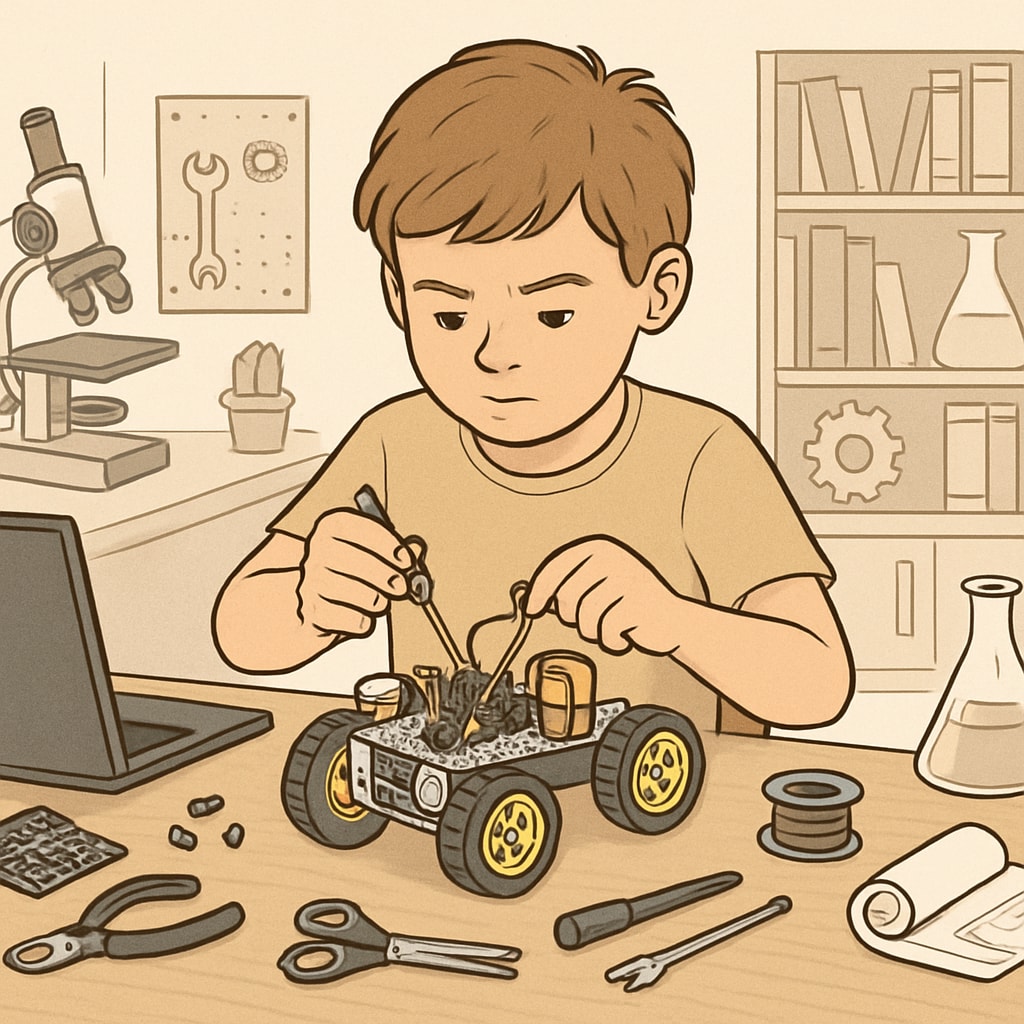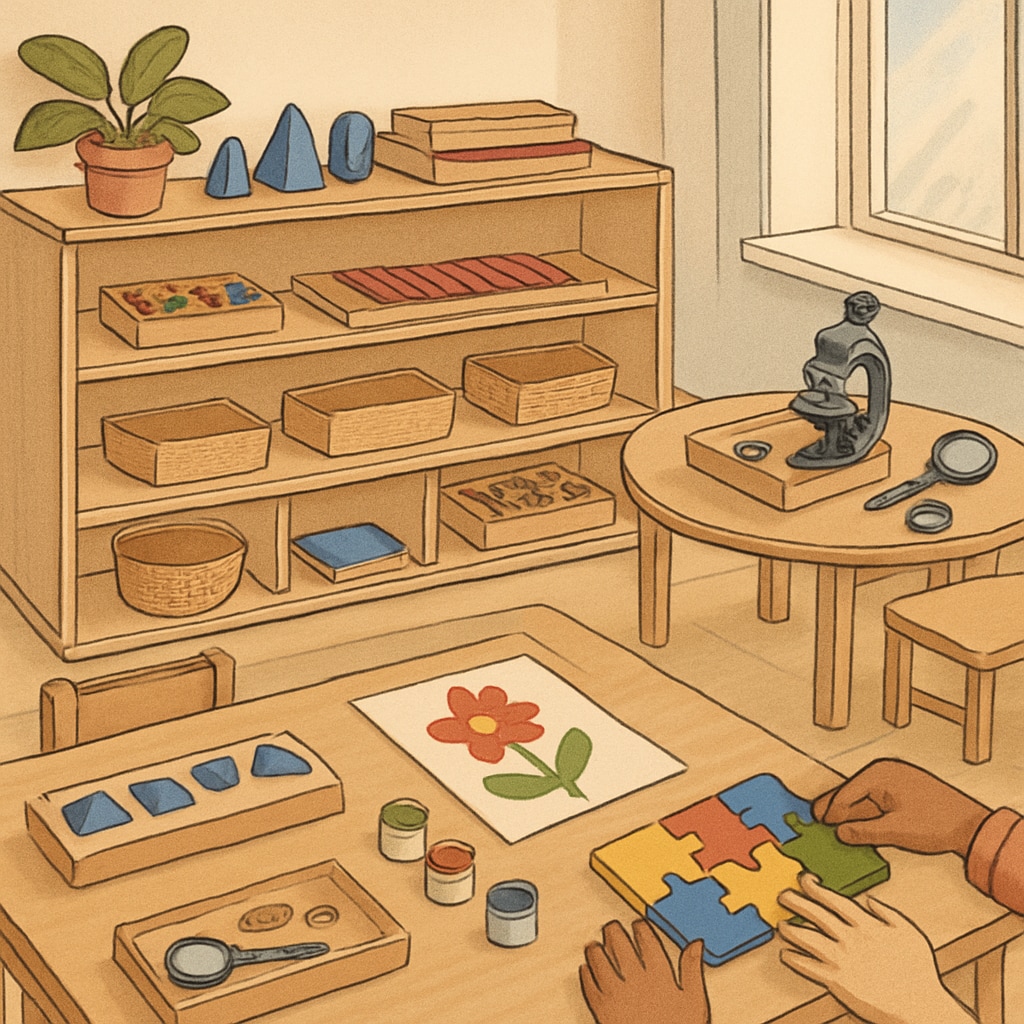Traditional education systems often struggle to meet the needs of hands-on creative children, whose potential flourishes through tactile exploration, experimentation, and innovation. Recognizing the importance of “early education, creativity cultivation, and educational choices,” parents must seek solutions that nurture these talents while ensuring their child develops essential academic and life skills. This article provides insights into creating a customized educational pathway for young makers, blending creativity with structured learning.
Why Traditional Education May Not Suit Creative Children
Standardized curriculums prioritize academic performance, often sidelining creativity and hands-on learning. For children who prefer tinkering, building, and experimenting, this approach can lead to disengagement or frustration. Research from Britannica suggests that creativity is crucial in early childhood for cognitive and emotional development. However, traditional systems frequently overlook these aspects in favor of rote memorization and standardized testing.

Crafting an Educational Path for Hands-On Learners
To support hands-on creative children, parents can explore alternative educational methods tailored to their unique talents. These might include project-based learning, STEM-focused programs, or even homeschooling with creativity-centered curriculums. For example:
- Project-Based Learning: Integrates real-world challenges, encouraging innovation and teamwork.
- STEM Programs: Focuses on science, technology, engineering, and mathematics through interactive experiments and practical applications.
- Montessori or Waldorf Methods: Emphasize independent exploration and creativity through hands-on activities.
In addition to academic options, parents can supplement education with extracurricular activities such as robotics clubs, art workshops, or maker spaces. These environments provide opportunities for creative children to thrive outside traditional classrooms.

Balancing Creativity with Essential Skills
While fostering creativity is vital, ensuring children develop foundational skills is equally important. Parents can achieve this balance by incorporating structured learning in areas like literacy, numeracy, and critical thinking while maintaining space for creative exploration. For example, integrating storytelling with hands-on puppet-making or teaching math through building exercises can align academic learning with a child’s natural interests.
Furthermore, leveraging educational technology can provide valuable support. Platforms like Khan Academy offer engaging, interactive content tailored to a child’s pace and learning style. These tools can complement hands-on activities, creating a holistic educational experience.
Final Thoughts: Empowering Young Innovators
Parents of hands-on creative children face the unique challenge of finding educational paths that nurture their child’s creativity while ensuring they acquire essential skills. By exploring alternative methods, incorporating practical activities, and balancing structured learning with freedom to innovate, parents can cultivate confident, lifelong learners equipped to tackle the challenges of the future.
Remember, every child is unique, and finding the right path requires patience, observation, and experimentation. By prioritizing “early education, creativity cultivation, and educational choices,” parents can empower their young makers to achieve their full potential.
Readability guidance: Keep paragraphs concise and maintain a balance between academic language and accessible discussion. Use lists to simplify complex ideas and incorporate examples or external resources where applicable to enhance understanding.


